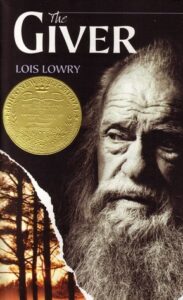To Kill a Mockingbird
“To Kill a Mockingbird” by Harper Lee is a timeless American novel set in the racially charged atmosphere of the 1930s Deep South. The story is narrated by Scout Finch, a young girl growing up in the fictional town of Maycomb, Alabama.
The novel revolves around Scout’s father, Atticus Finch, a principled lawyer who defends a black man, Tom Robinson, falsely accused of raping a white woman, Mayella Ewell. Through the trial of Tom Robinson, the novel explores themes of racial injustice, moral growth, and the loss of innocence.
Atticus Finch emerges as a heroic figure who stands firm in his belief in justice and equality, despite facing prejudice and hostility from many in the community. Scout and her older brother, Jem, witness firsthand the ugliness of racism and the complexities of human nature as they navigate their own coming-of-age experiences.
Central to the novel’s narrative is Boo Radley, a reclusive neighbor who becomes the subject of fascination and mystery for Scout, Jem, and their friend Dill. Boo’s story serves as a poignant reflection on the dangers of prejudice and the importance of empathy and understanding.
Harper Lee’s writing is characterized by its evocative portrayal of Southern life, memorable characters, and poignant social commentary. “To Kill a Mockingbird” is celebrated for its exploration of themes such as morality, empathy, and the search for justice in a society divided by race and class.
The novel’s enduring relevance lies in its depiction of the struggle for racial equality and the complexities of navigating moral dilemmas in an unjust world. “To Kill a Mockingbird” continues to resonate with readers for its powerful message about the importance of standing up for what is right, even in the face of overwhelming prejudice and adversity.














Post Comment